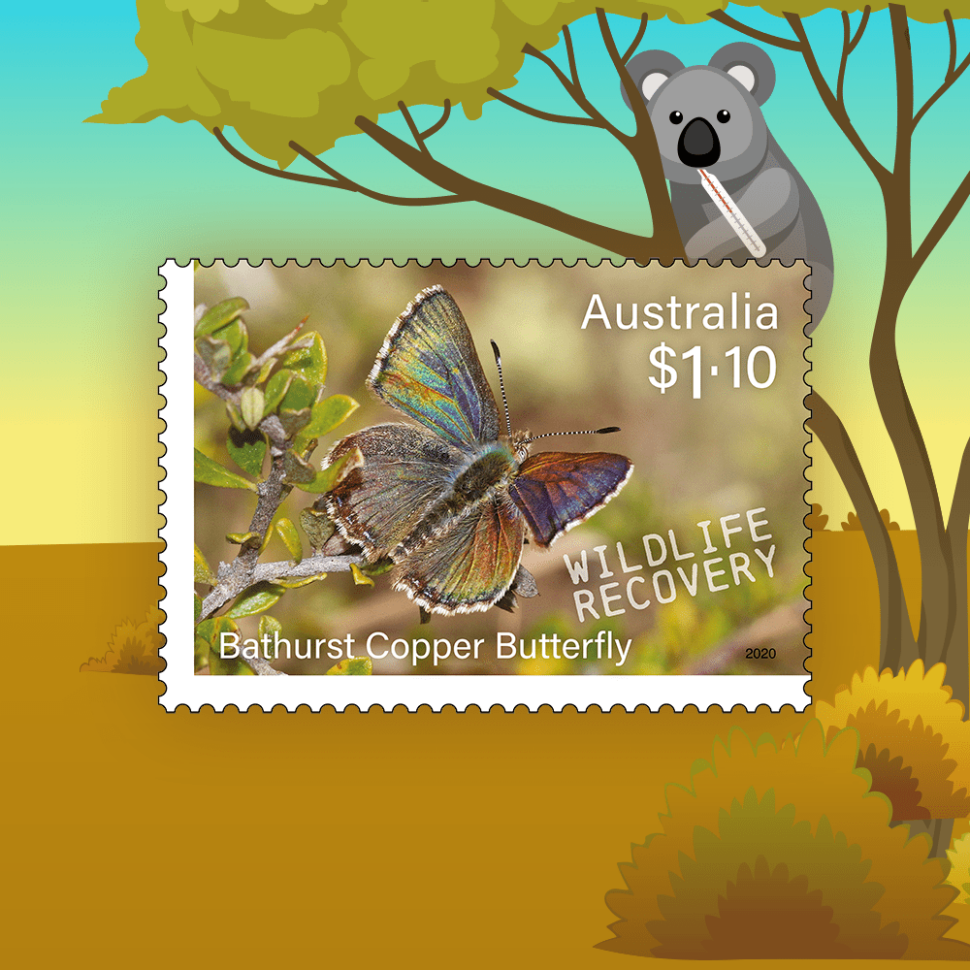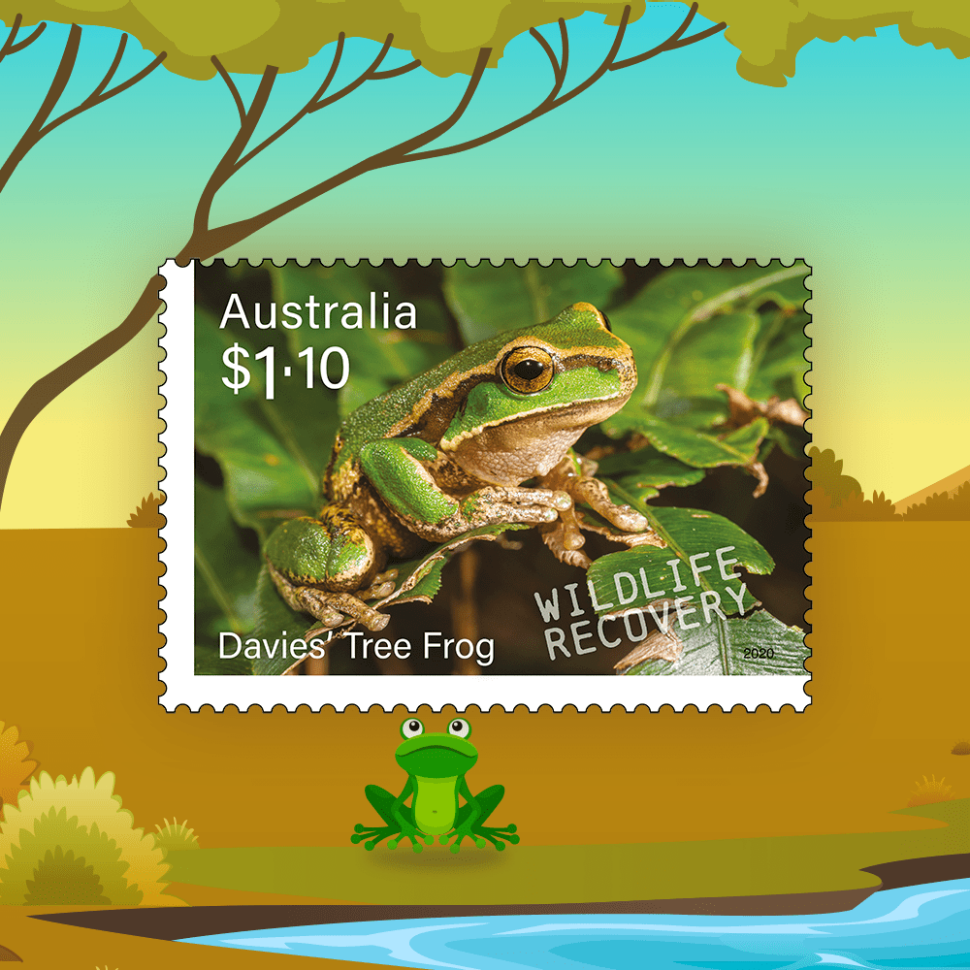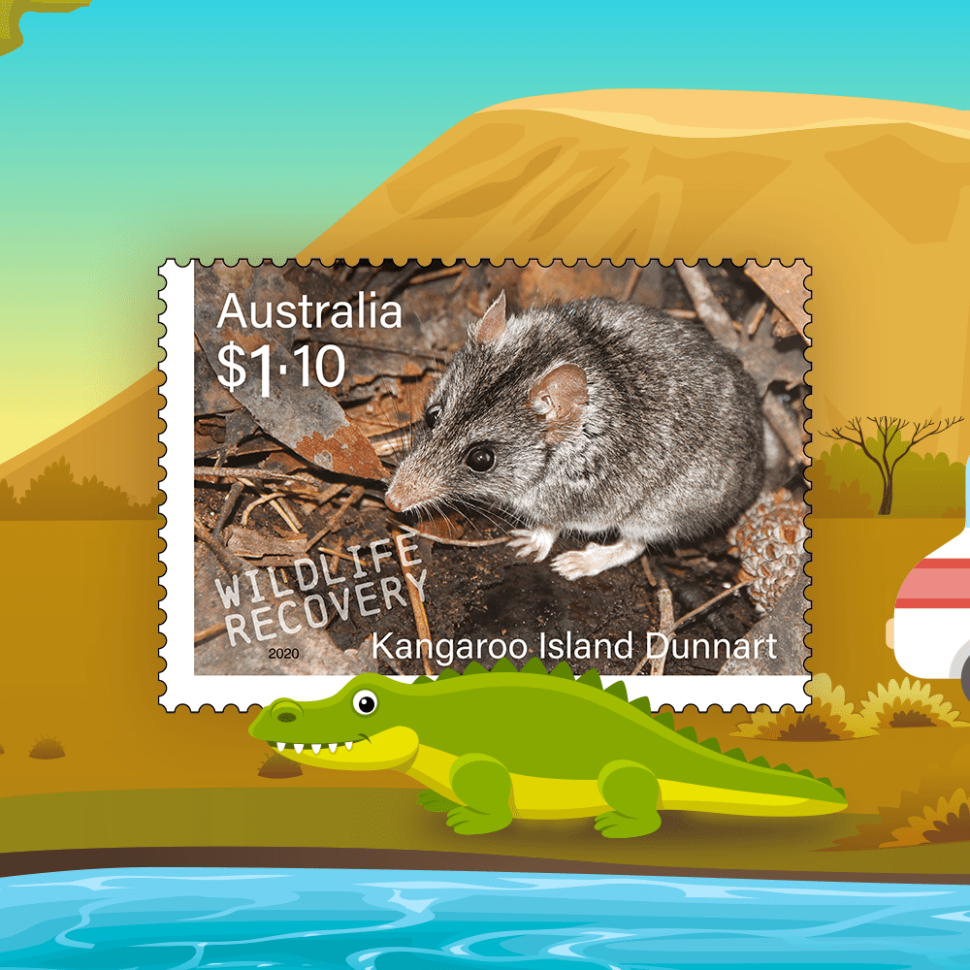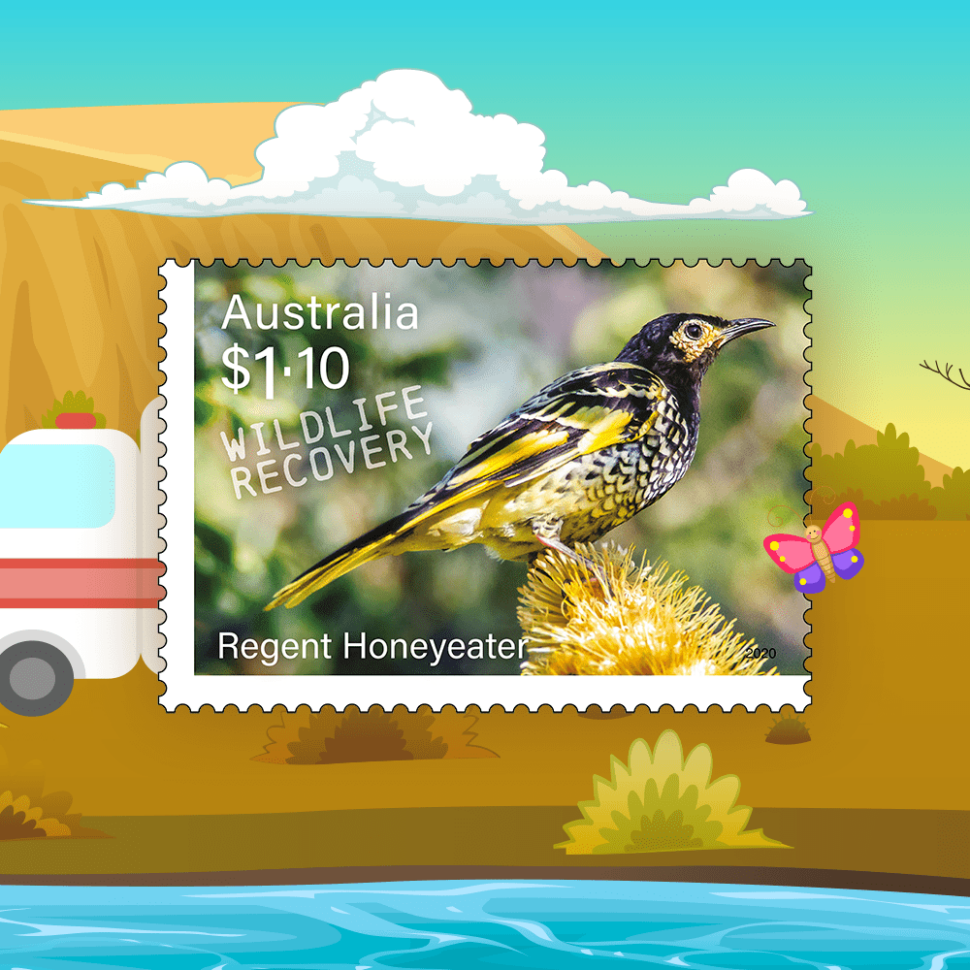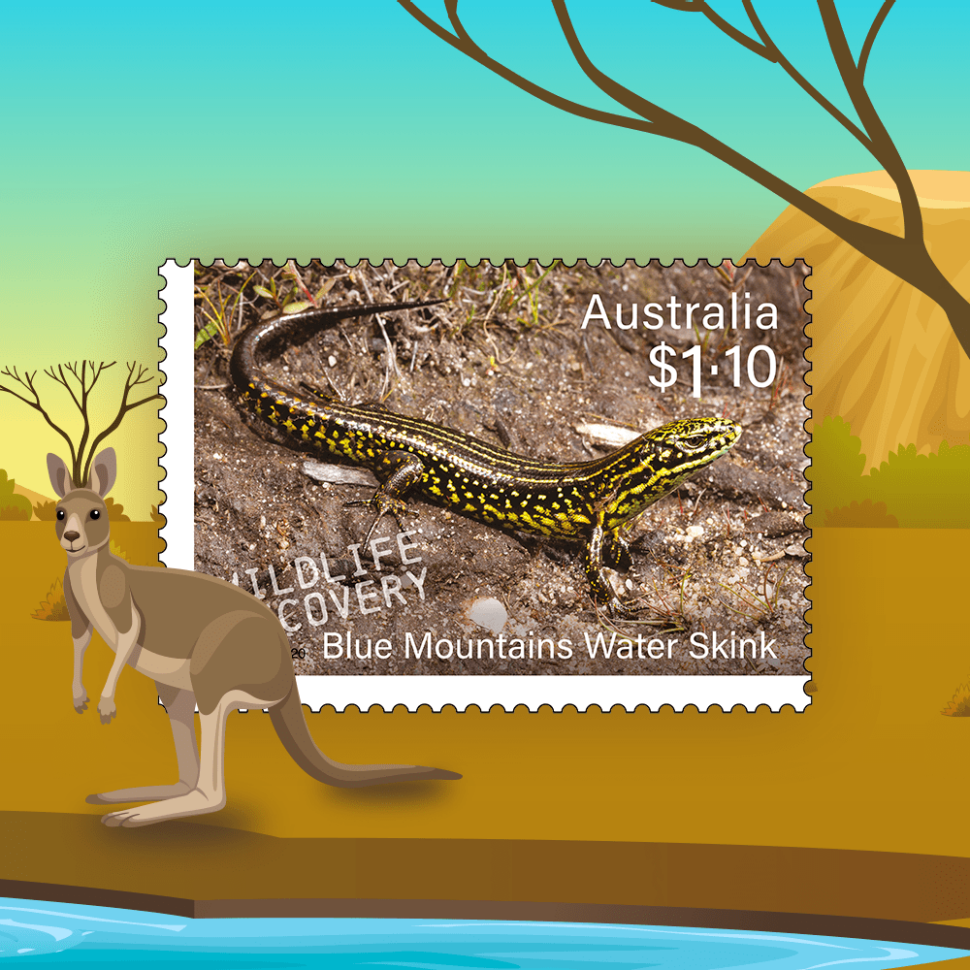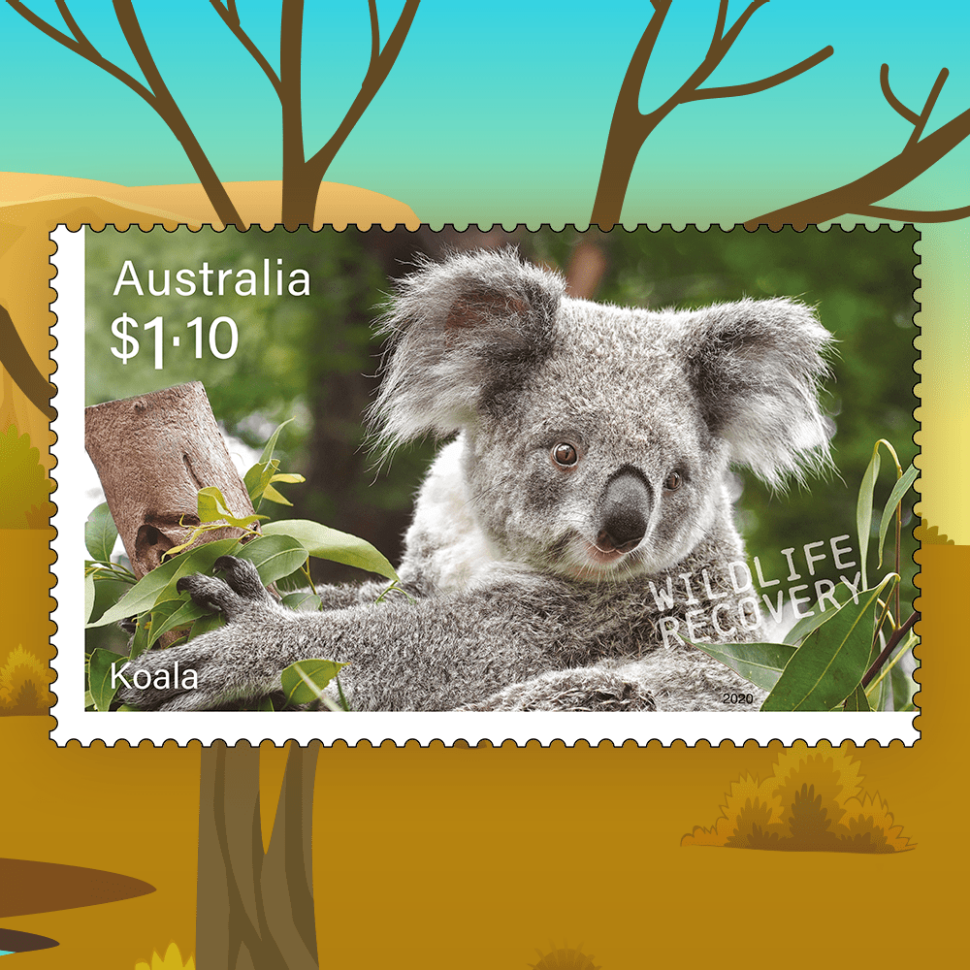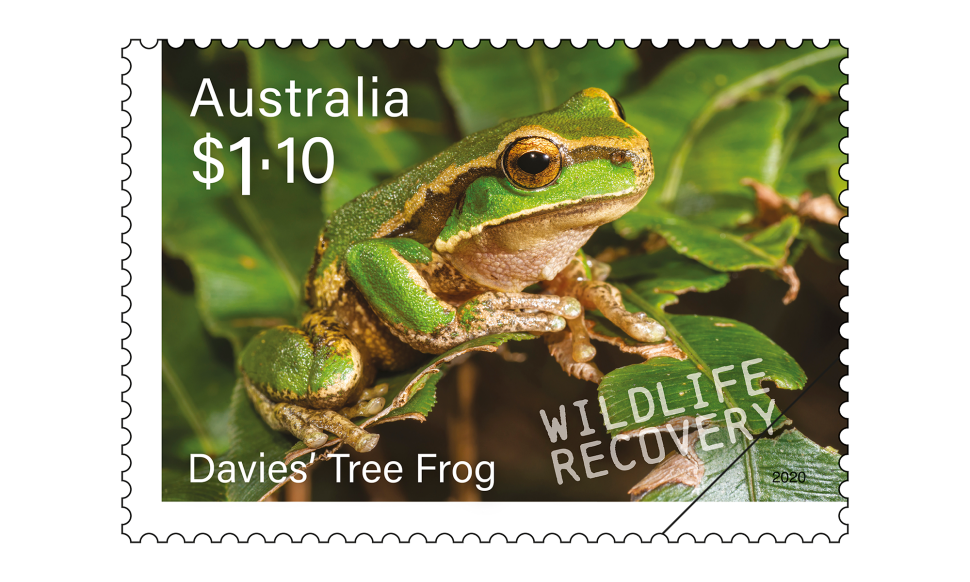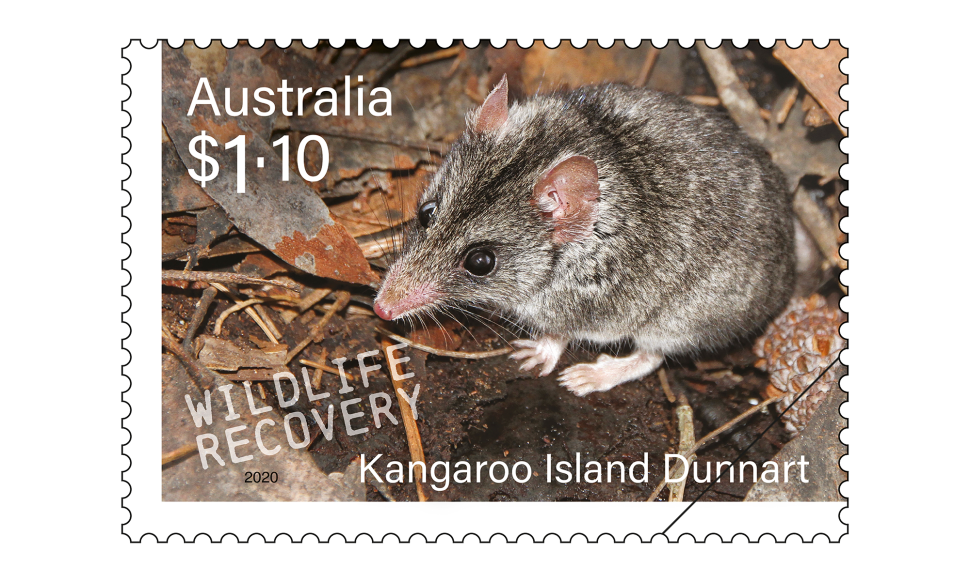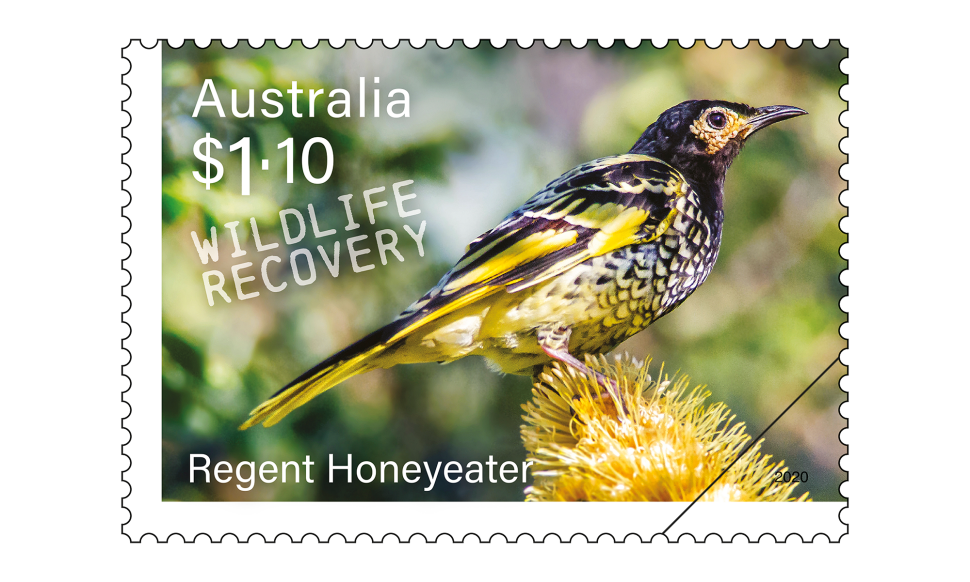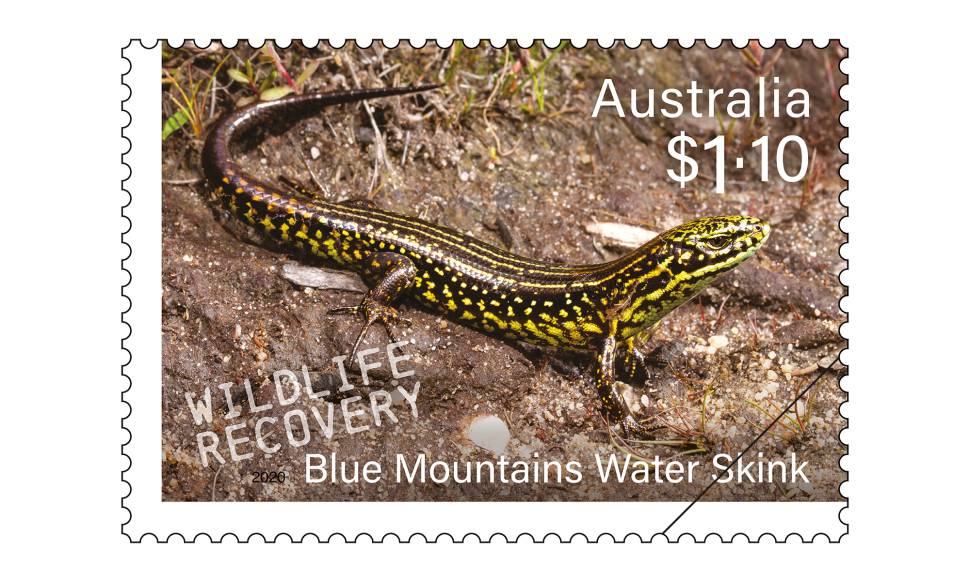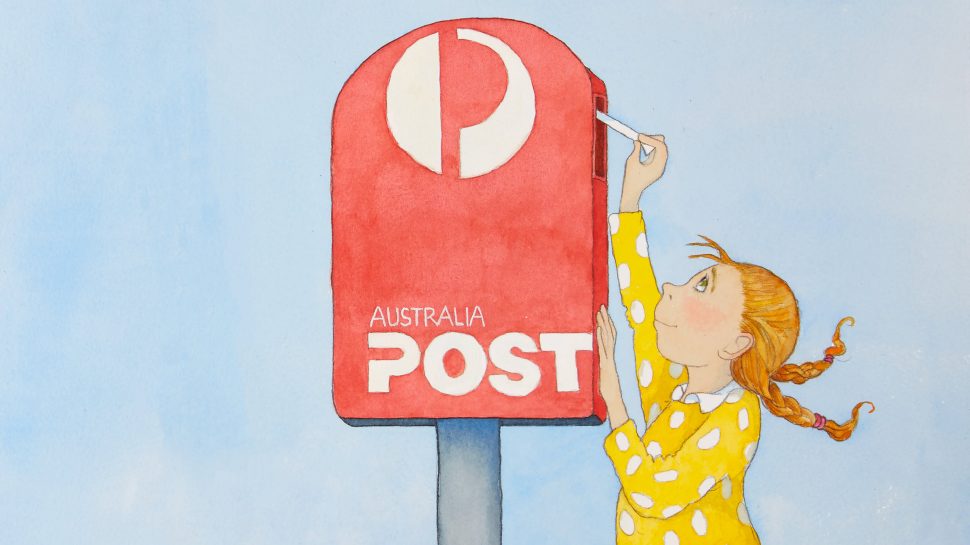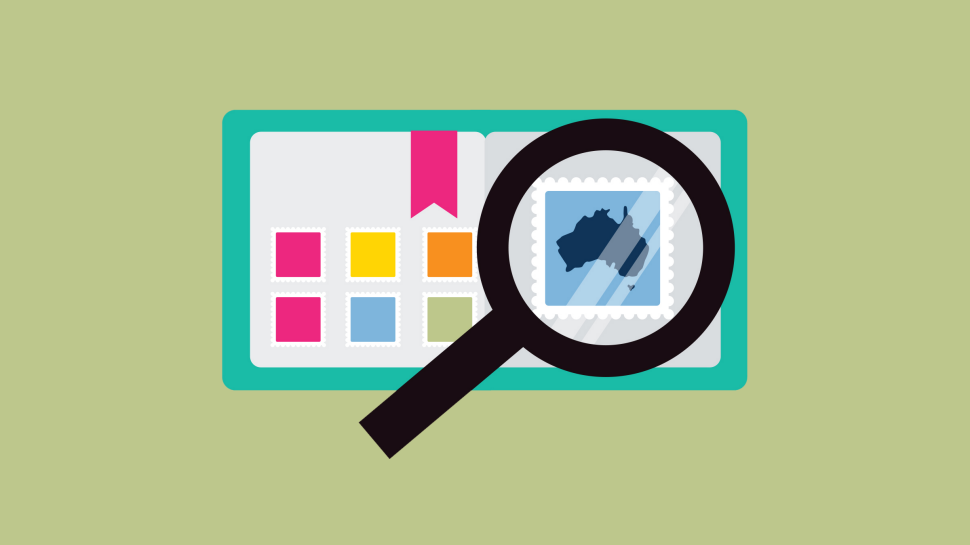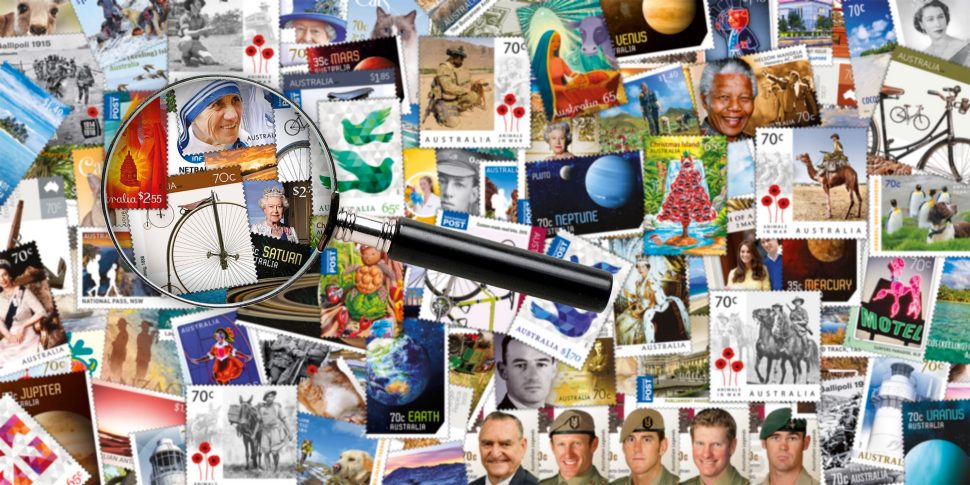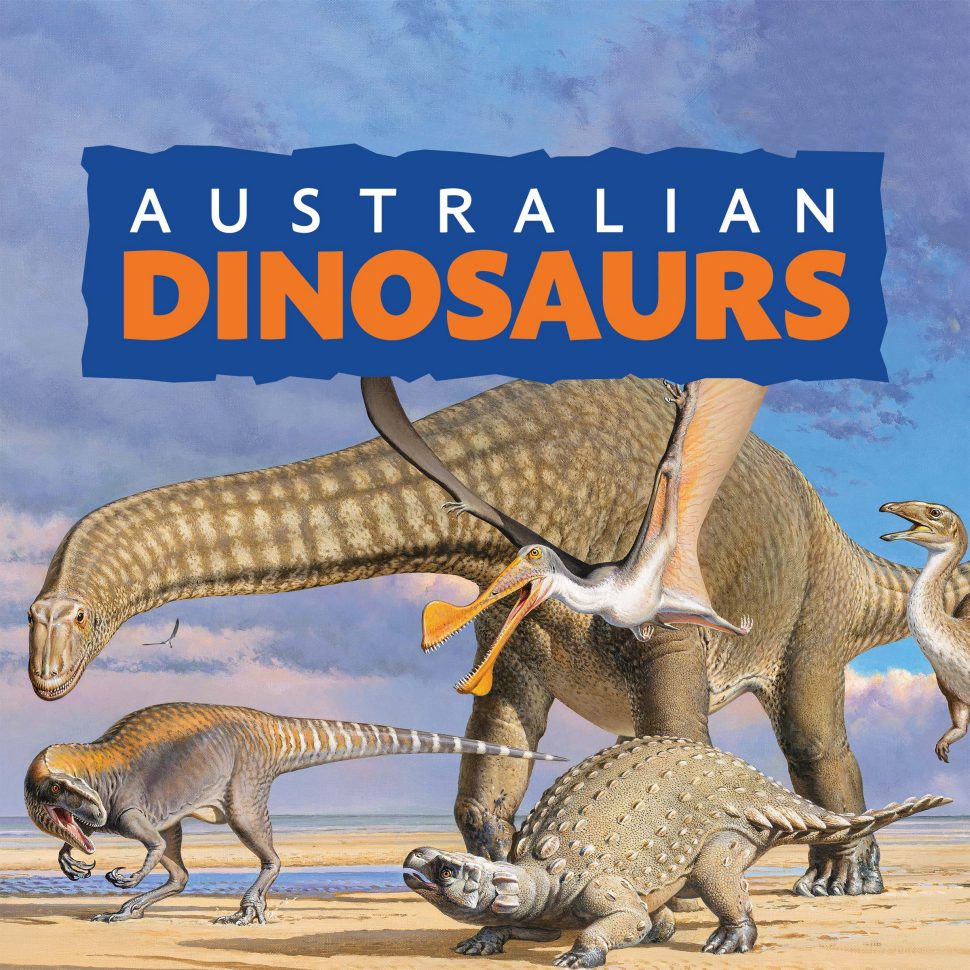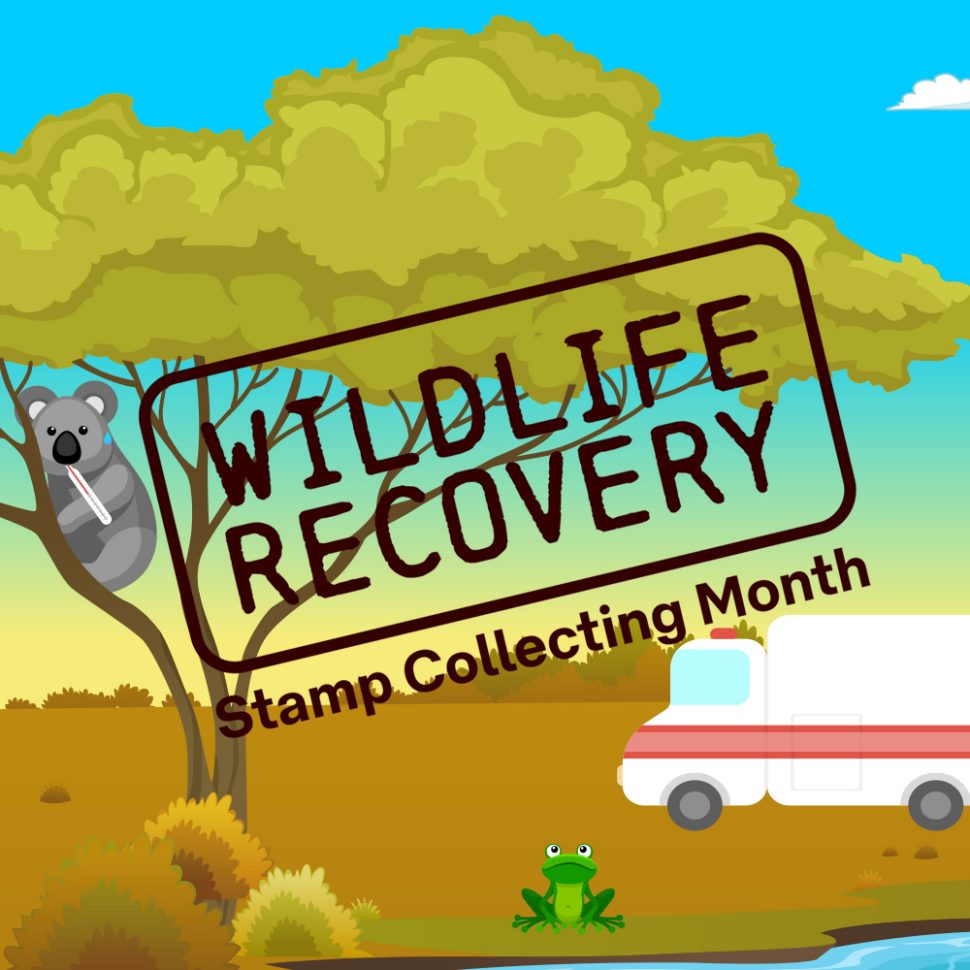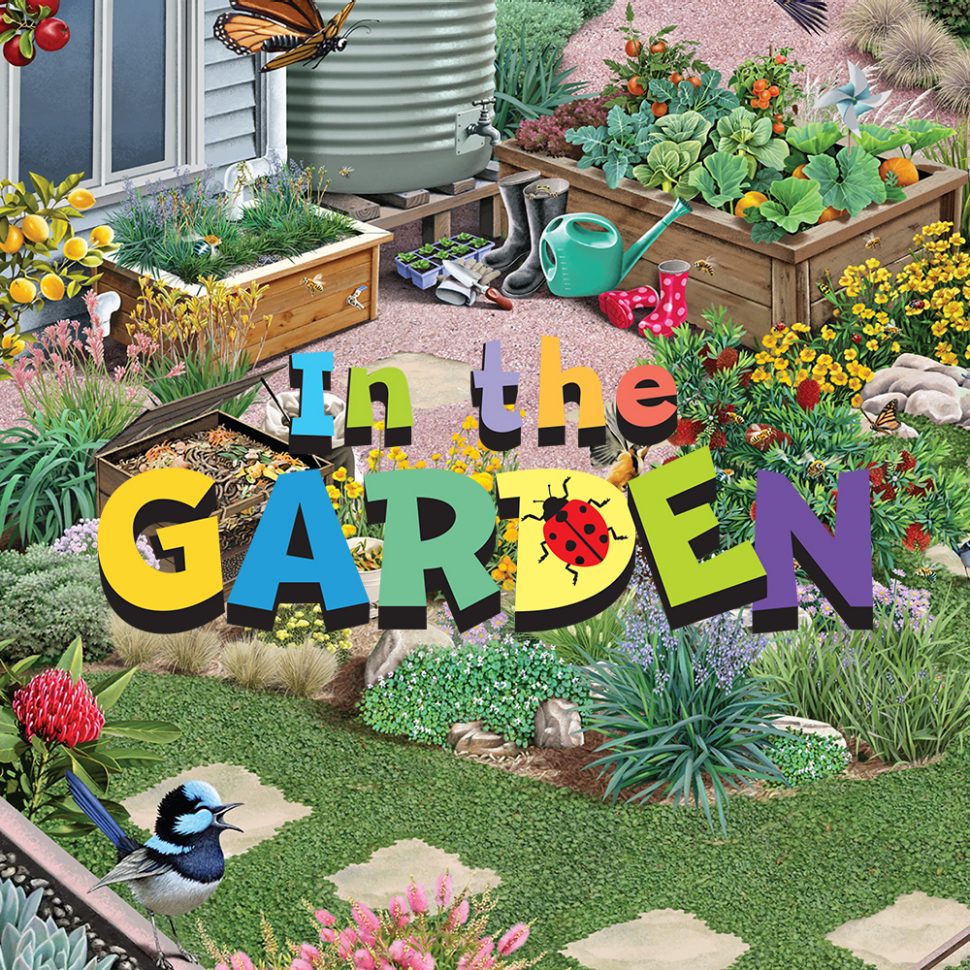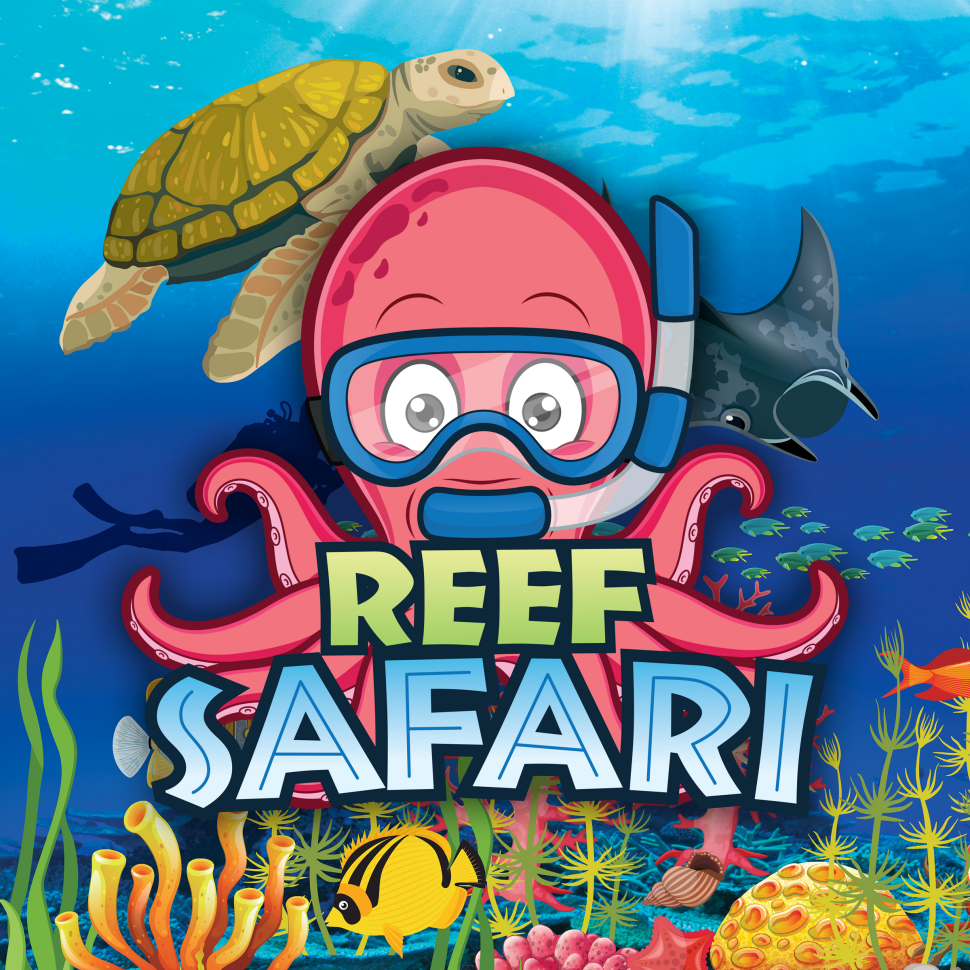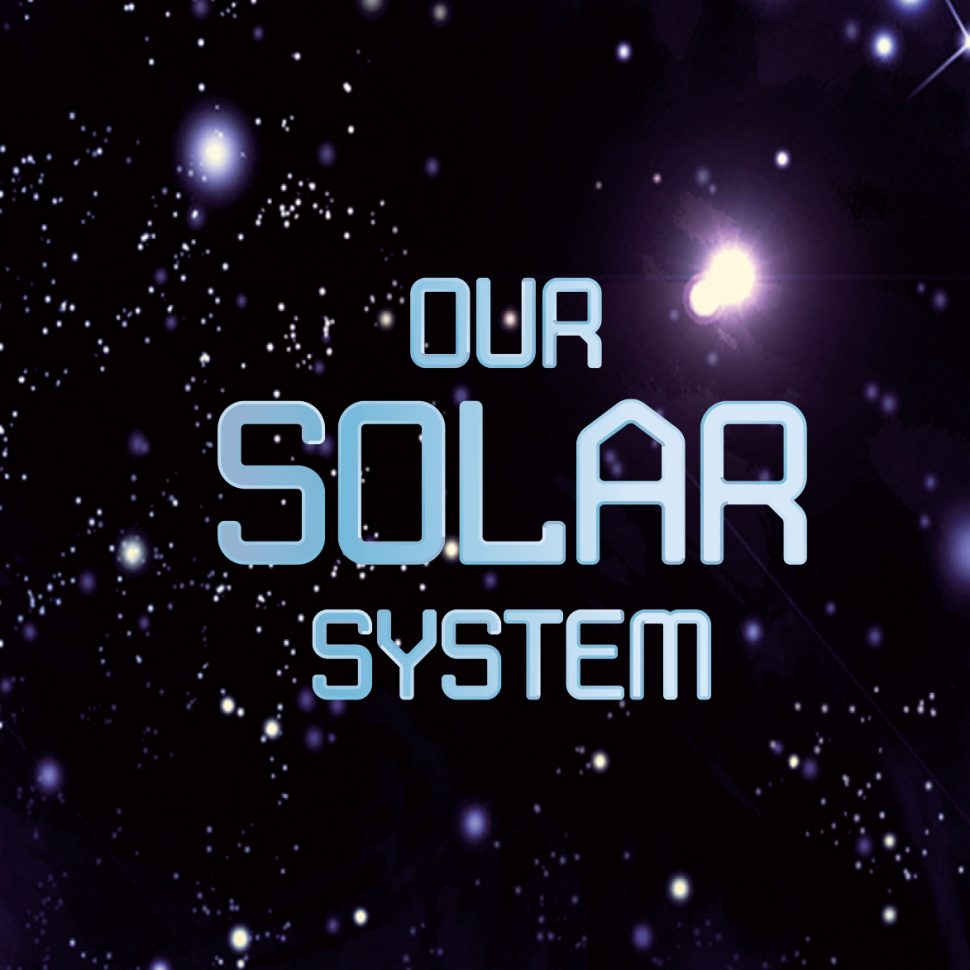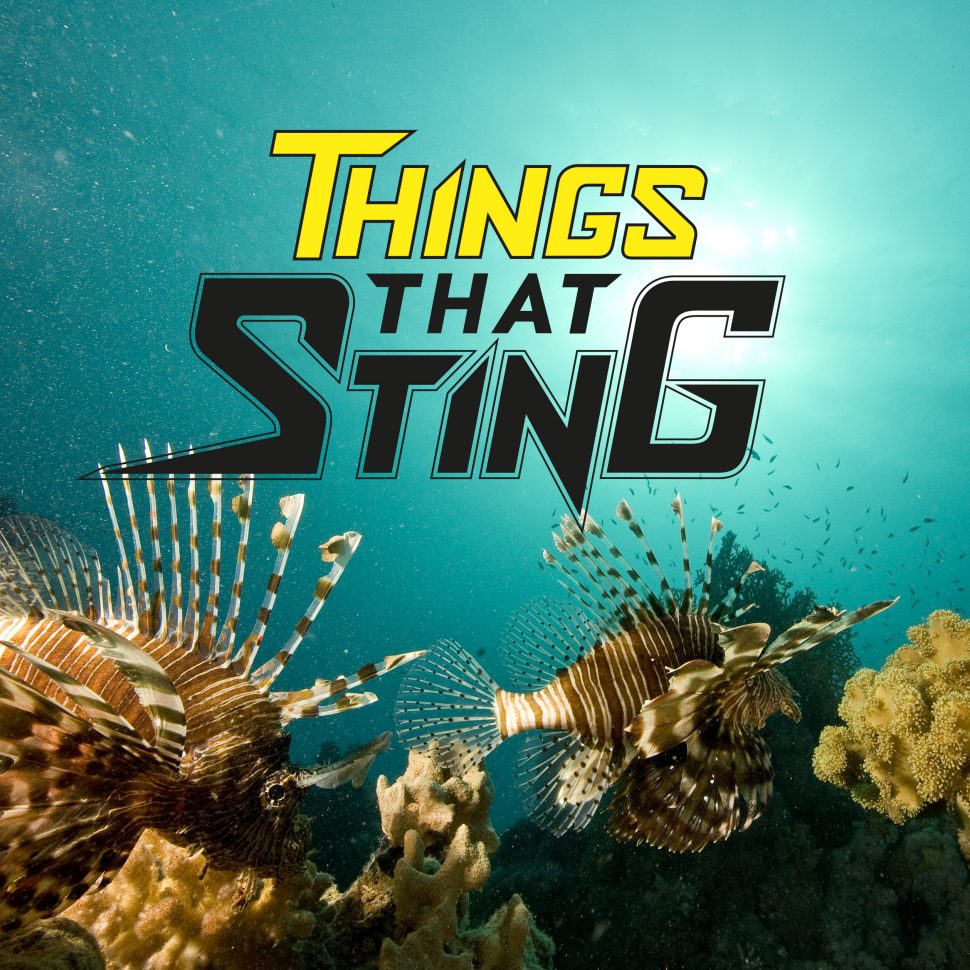One of Australia’s rarest butterflies, the Bathurst Copper Butterfly (Paralucia spinifera), also known as the Purple Copper Butterfly and the Bathurst Copper, is endemic to the Central Tablelands of New South Wales, found in around 30 locations between Bathurst and Hartley, in an area comprising less than 30 hectares. This species occurs mainly in eucalypt woodlands above 900 metres. This small butterfly has a thick body and a wingspan of 20–30 millimetres. The upper side of its wings are copper to black with a purple, green or bronze iridescence, and underneath it has a subtle brown, black and grey patterning. Its flight is weak and erratic, always in close proximity to foliage, which restricts the butterfly's range.
The Bathurst Copper Butterfly has a mutually beneficial relationship with an attendant ant species (Anonychomyrma itinerans) that occupies the same host plant, a blackthorn, on which the butterfly exclusively feeds. The female lays her eggs on or near the ants’ nests, and when they hatch the ants marshal the larvae into their nests during the day, where they are protected, and onto the blackthorn to feed in the evening. In return, the ants enjoy the sweet dew produced by a gland on the backs of larvae. The larvae later pupate in the ants’ nests.
The Bathurst Copper Butterfly is listed as vulnerable in the national EPBC Act and endangered in the state’s Threatened Species Conservation Act. First described in 1978, this butterfly is at risk due to its limited distribution, degraded habitat and land use (clearing, grazing, spraying, weed invasion), and illegal collection. Its habitat requirements and weak flight restrict its distribution.

